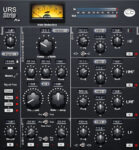
Input stage curves.
0 to 200% sweeps.
Ever want to know what the input stages are doing? The input stages not only effect the tonal quality but more importantly change the Key response to the compressor.
digital input
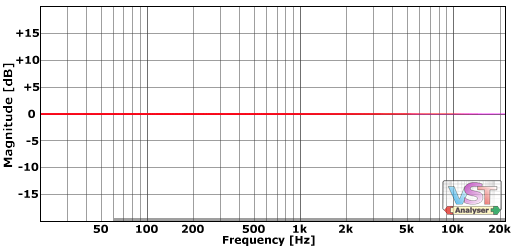
30ips

30ipsh

irona

ironb

ironc

irond

irong

tube1

tube2

1951
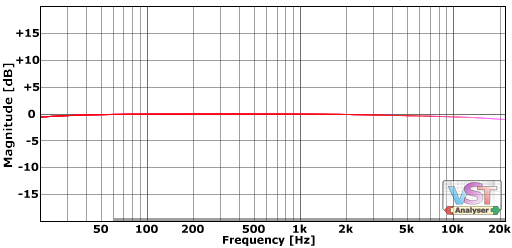
1967
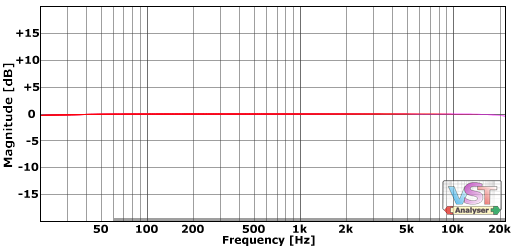
1970

1972

1980

—————————————————————————–
EQ – & +15db “Q” Sweeps
1951 HFS @ 5k
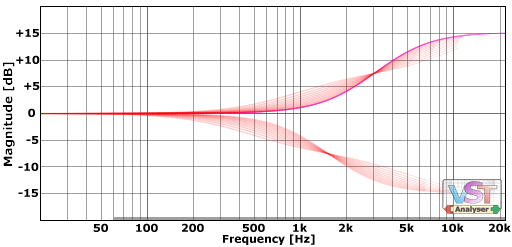
1967 HFS @ 5k

1970 HFS @ 5k

1972 HFS @ 5k

1980 HFS @ 5k

——————————
1951 Peak @ 5k
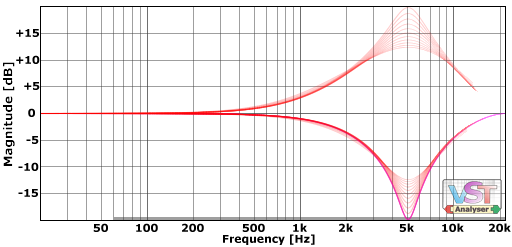
1967 Peak @ 5k

1970 Peak @ 5k

1972 Peak @ 5k

1980 Peak @ 5k

——————————
1951 Peak @ 100hz
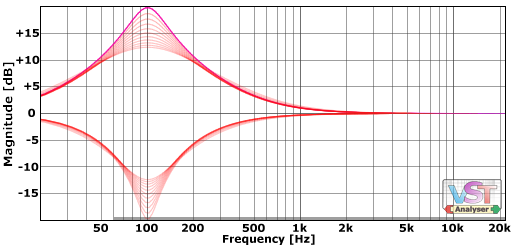
1967 Peak @ 100hz

1970 Peak @ 100hz

1972 Peak @ 100hz

1980 Peak @ 100hz

——————————
1951 LFS @ 100k
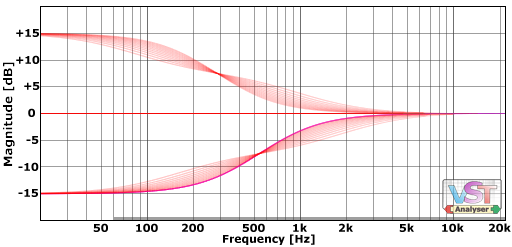
1967 LFS @ 100k

1970 LFS @ 100k

1972 LFS @ 100k

1980 LFS @ 100k

Related
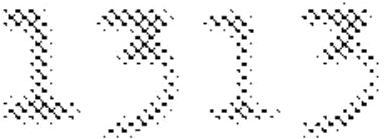









downloaded some of your IRs last night in hopes that your additions to my TL Space will keep me from dropping 500 on Altiverb. If I keep using TL Space I’ll send you some money. Thank you for your considerable efforts…
Gilbert
All the input stages are small eq changes. They probably just took an impulse of the gear. Of course this will affect everything else as any signal change will. There is absolutely no harmonic distortion or saturation as they first claimed–I tested it. Its funny–many pro’s raved about how the input added that rich analog depth. So much for golden ears. It was nothing more than a joke.
When personal computers were first being sold (IBM PC original model), there was a company who sold a PC Speedup kit. After installing, you ran the software, it “tweaked” your computer, and viola… your PC was sped up! It even showed you using the software’s built in meters how much it was sped up. Wow. Well, it was discovered that the software did nothing to actually speed up the PC. It was simply raising the meters it displayed.
I’ve often wondered just how much is REALLY going on under the hood with these plug ins. I’ve got a lot of older, vintage stuff, and the plugs never sound anything like them no matter what they claim. I’ve called it the age of “designer” plug ins. They pay to license the name, and make lovely looking graphics of the original hardware piece. But often, that is where the similarities end.
The “modeling” methods today have gotten better, and some companies are really trying to model the characteristics with some acuracy. However, as this analysis shows, there are still plug ins which make extraordinary claims of modeling when in fact they are nothing more than FIR filters / EQs. Of course, the graphics are nice.
i analysed the input stages too, don’t be liars!!!
2 of them (on 23673536278 included ) DO have a little bit waveshaping!!!
😀
😀
.D
These are measurements of the input stages before the ver 2.0 update that included an actual “input saturation” stage.
Maybe somebody can help. I have a constant dilema as to what gives me the better results. Using Console Strip Pro @ mixdown stage on the master bus. OR together with other FX when I master a track. Is it down to preference or is 1 of those ways particularly wrong?
Any help clearing this VERY LONG issue up for me would be greatly appreciated. Sorry if I have posted somewhere I shouldn’t have.
Nothing wrong with using CSP on the master. As far as using other FX it’s all down to preference, utility, and sound. For example if you wanted a brick-wall limiter you would have to use something else. But if your wanting a great EQ, bus comp with a saturation stage, your fine with CSP.